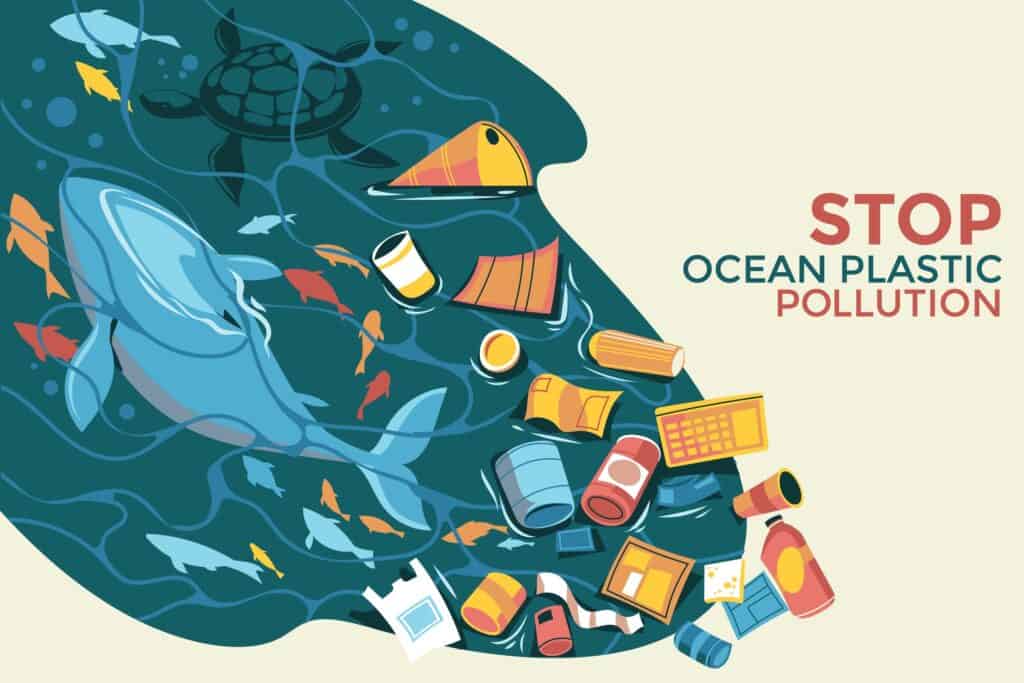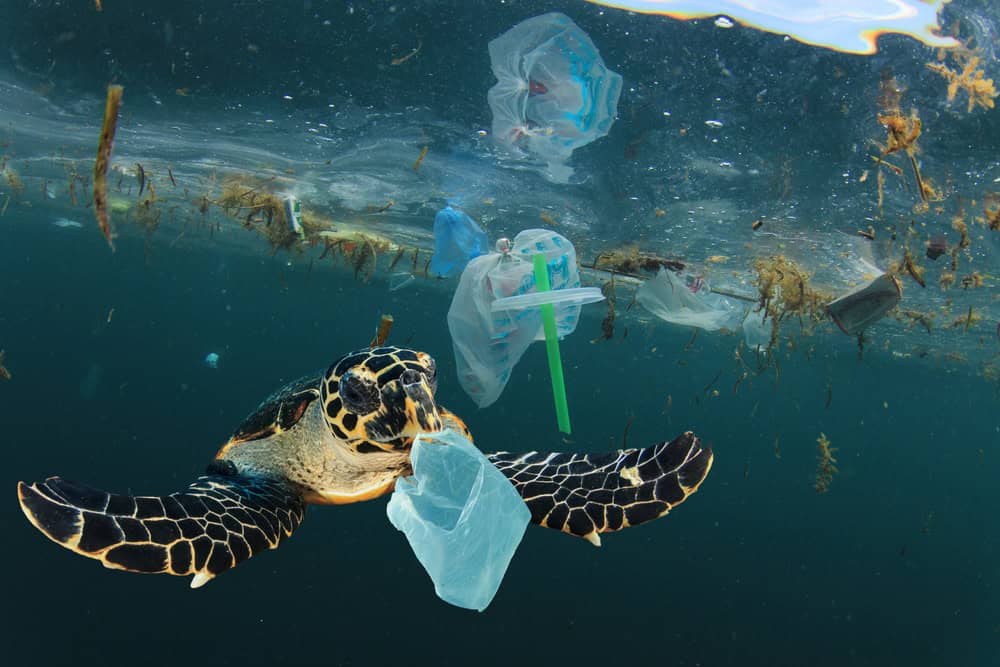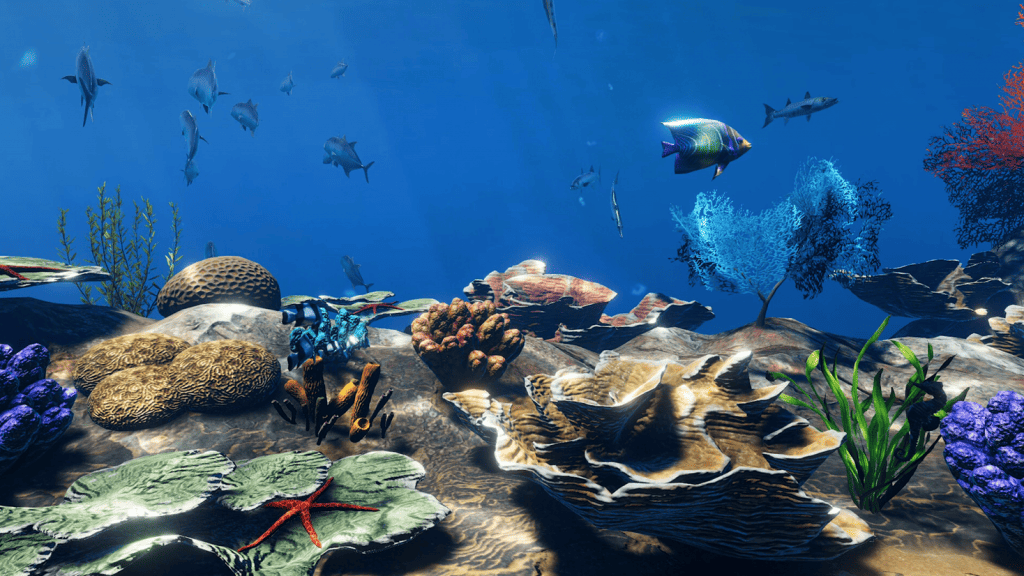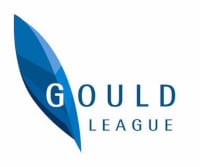The GOOD the BAD and the UGLY of PLASTIC
-
Plastic Waste
-
Human Impacts
-
Science Inquiry
-
Citizenship
-
Design and Technologies



Program Overview
This hands-on program explores our role as global citizens using the example of marine plastic pollution. The program takes students through three activities designed to highlight different aspects of our use of plastic – the GOOD the BAD and the UGLY. Students will look at how actions they take can prevent and treat the problems associated with marine plastic pollution and what can happen if they recycle plastics effectively.
Module 1: What is plastic and how does it and other pollutants into our oceans!
After a short introduction on plastic, what it’s made from and the many ways it’s used, this fun and highly engaging activity takes students on a journey from high in the mountains down through the creeks and rivers of Cardinia through to the point it hits Western Port Bay, then Bass Straight and the Pacific Ocean – and the impact it has along the way. This activity is highly impactful, making students become better waste managers and custodians of our land, resources and waterways!
Module 2: What is marine debris and how to prevent it from entering our oceans
Cumulative waste in our oceans is a significant and growing problem, estimated to contain 75-199 million tonnes of plastic. Every year, millions of tonnes more leak in from aquatic ecosystems, and this volume is projected to nearly triple by 2040 without action. This waste ranges from large debris like bottles and ghost gear to pervasive microplastics, which sink to the seabed, float near the surface, or accumulate in large ocean garbage patches. This module, taking a closer look at waste products such as cans, bottles, plastic bottles, fishing line and toothbrushes, how long they take to break down and how we can prevent them entering the oceans in the first place.
Module 3: Innovation. How we can upcycle waste before it gets into our oceans
In this module students will explore the use of waste materials as a resource for design and production of alternative products such as turning nappies into roof tiles, chewing gum into coffee cups, chip packets into outdoor furniture and fences, fishing line into carpets and plastic bottles into clothing!
Call to Action
Students are empowered to create positive change that will benefit our shared environment.
Duration: 1.5 hours
Inclusions and Notes
Certificate and Conservation Code to reinforce learnings
Post event, schools will be issued a Certificate of Participation and Conservation Code for each class which students are encouraged to sign and hang in the classroom as a reminder of their learnings and their commitment to protect the environment.
We encourage schools to connect with us a few weeks or months after school excursions to share behaviour changes made by the students or activities undertaken as a result of their learnings during their program so we can share success stories to inspire others, monitor the ongoing impact of our programs and make relevant updates or changes if required.
What to provide
We require one room with a table for props and a large clear space on the floor for activities. All activities are undertaken around a large tarp on the floor that respresents water. If there are students that would not be capable of sitting on the floor, then please place some chairs around the tarp. Other students will be asked to sit on the floor.
Restrictions
Gould League Educators require 10-minutes between groups/classes to reset activities and a 30-minute break for lunch when more than 2 groups are booked.
Testimonial
“The GOOD, the BAD and the UGLY of Plastics was hands on and really engaged the students – it was an eye opening experience providing the children a solid understanding of how they can be more sustainable!” and “It was very interactive and engaging with hand on resources that are relatable. There was great information on sustainability and optimism for future ideas!
St Luke’s Blackburn Level 3-4 Teachers
Curriculum Links
Civics and Citizenship: Citizenship, Diversity and Identity
– Investigate how people with shared beliefs and values work together to achieve their goals and plan for action (VCCCC016)
– Examine the concept of global citizenship (VCCCC017)
Design and Technologies: Technologies and Society
– Investigate how people in design and technologies occupations address competing considerations, including sustainability, in the design of solutions for current and future use (VCDSTS033)
Design and Technologies: Creating Designed Solutions
– Negotiate criteria for success that include consideration of environmental and social sustainability to evaluate design ideas, processes and solutions (VCDSCD041)
Economics and Business: Consumer and Financial Literacy
– Consider the effect that the consumer and financial decisions of individuals may have on themselves, their family, the broader community and the natural, economic and business environment (VCEBC005)
Geography: Geographical Concepts and Skills
– Describe and explain interconnections within places and between places, and the effects of these interconnections (VCGGC087)
Geography: Geographical Knowledge
– Factors that influence people’s awareness and opinion of places (VCGGK097)
Science: Science Understanding
– The growth and survival of living things are affected by the physical conditions of their environment (VCSSU075)
Science Understanding: Chemical Sciences
– Changes in materials can be reversible, including melting, freezing, evaporating, or irreversible, including burning and rusting (VSSCU077)
Science: Science Inquiry Skills
– Communicate ideas and processes using evidence to develop explanations of events and phenomena and to identify simple cause-and-effect relationships (VCSIS088)
SUSTAINABILITY – Interrelationship of systems
– All lifeforms are connected through Earth’s systems (the lithosphere, biosphere, hydrosphere and atmosphere), on which they depend for their wellbeing and survival. VC2CCPSIS1
– Sustainable patterns of living require the responsible use of resources; circular economies; maintenance of clean air, water and soils; and the restoration of healthy environments and habitats with ecological integrity. VC2CCPSIS2
– Economic, social, environmental and cultural systems influence the sustainability of Earth’s systems. VC2CCPSIS3
The Victorian Curriculum F-10 content elements are © VCAA, reproduced by permission. Victorian Curriculum F-10 elements accurate at time of publication. The VCAA does not endorse or make any warranties regarding this resource. The Victorian Curriculum F-10 and related content can be accessed directly at the VCAA website.
